When Comparing Butterfly Stroke vs. Breaststroke, there are many factors to consider. Both of these strokes are important techniques in swimming and have their own advantages. In this article, we will compare the butterfly stroke and the chest stroke from many different aspects, including style, technique, and performance.
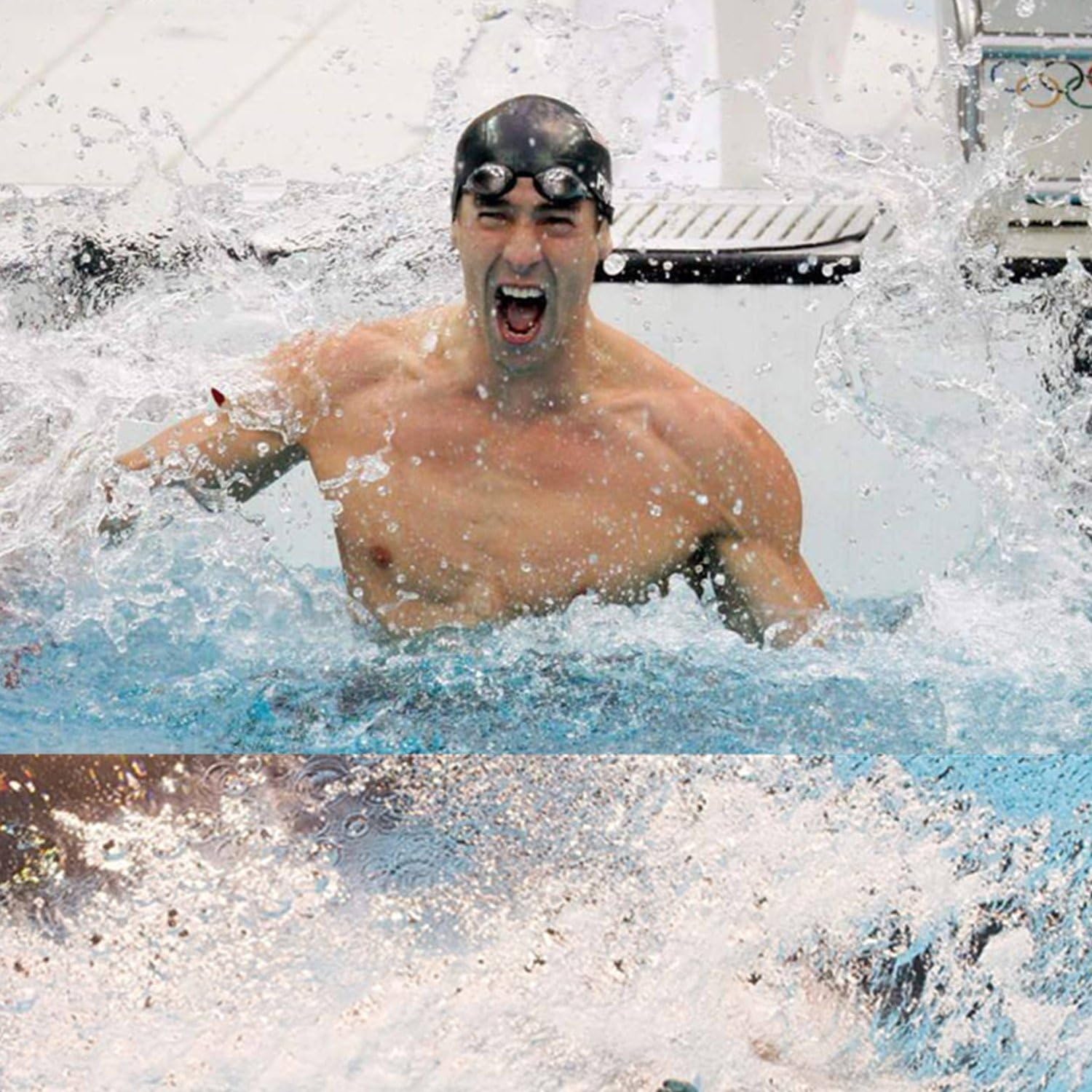
Compare the butterfly stroke and the chest stroke from many different aspects
Introduction to Butterfly Stroke and Breaststroke
The butterfly stroke is a complex swimming style, however when performed correctly, it delivers great performance and speed. In butterfly swimming, the swimmer alternately pushes and pulls both arms at the same time, while the legs perform a flapping motion. This creates a strong push from both arms and legs, helping the swimmer move quickly and efficiently through the water.

The Butterfly Stroke A Quick Overview
Breaststroke, also known as synchronized swimming, is a fairly common swimming technique and easy to do for beginners. In breaststroke, the swimmer lies on his back on the water and makes symmetrical pulling and pushing movements of both arms and legs. This creates smooth and steady movement through the water.
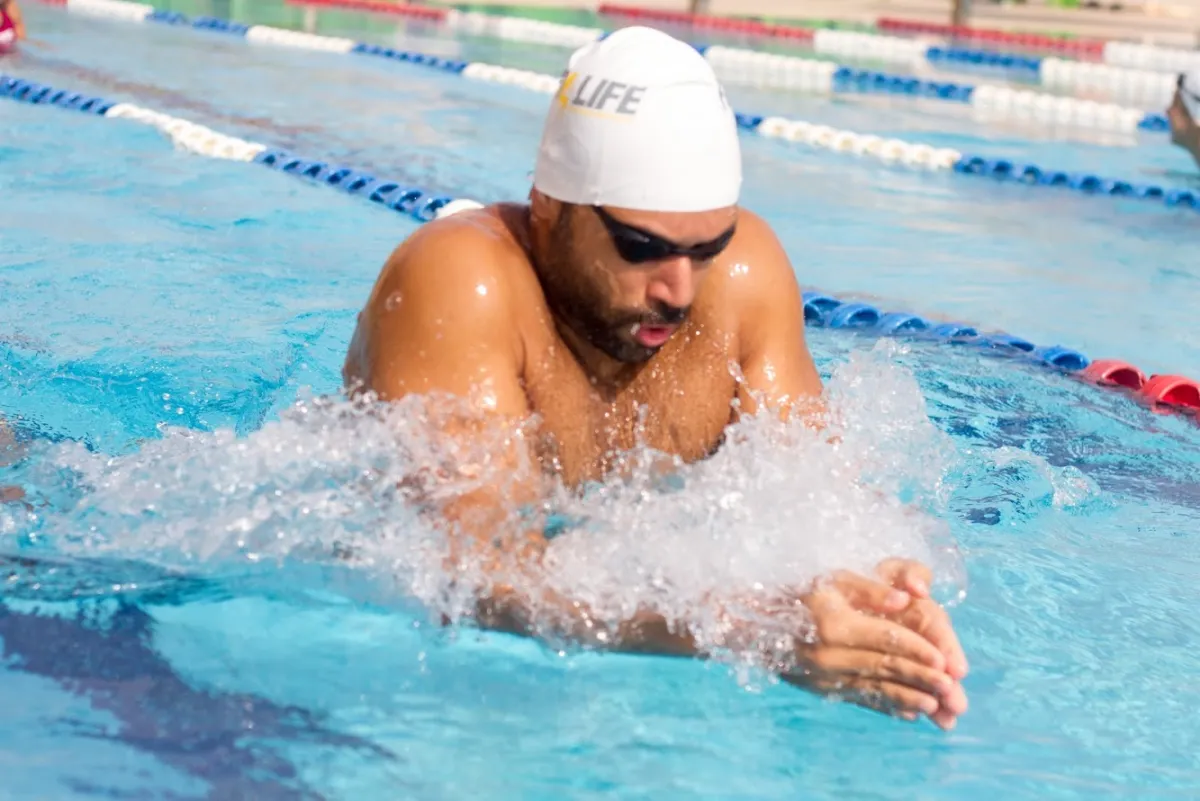
The Breaststroke A Quick Overview
The Basic Mechanics of Butterfly Stroke
Mastering its mechanics requires a combination of strength, coordination, and precise technique. By grasping the basic principles of the butterfly stroke, you can enhance your swimming performance and glide through the water with ease.
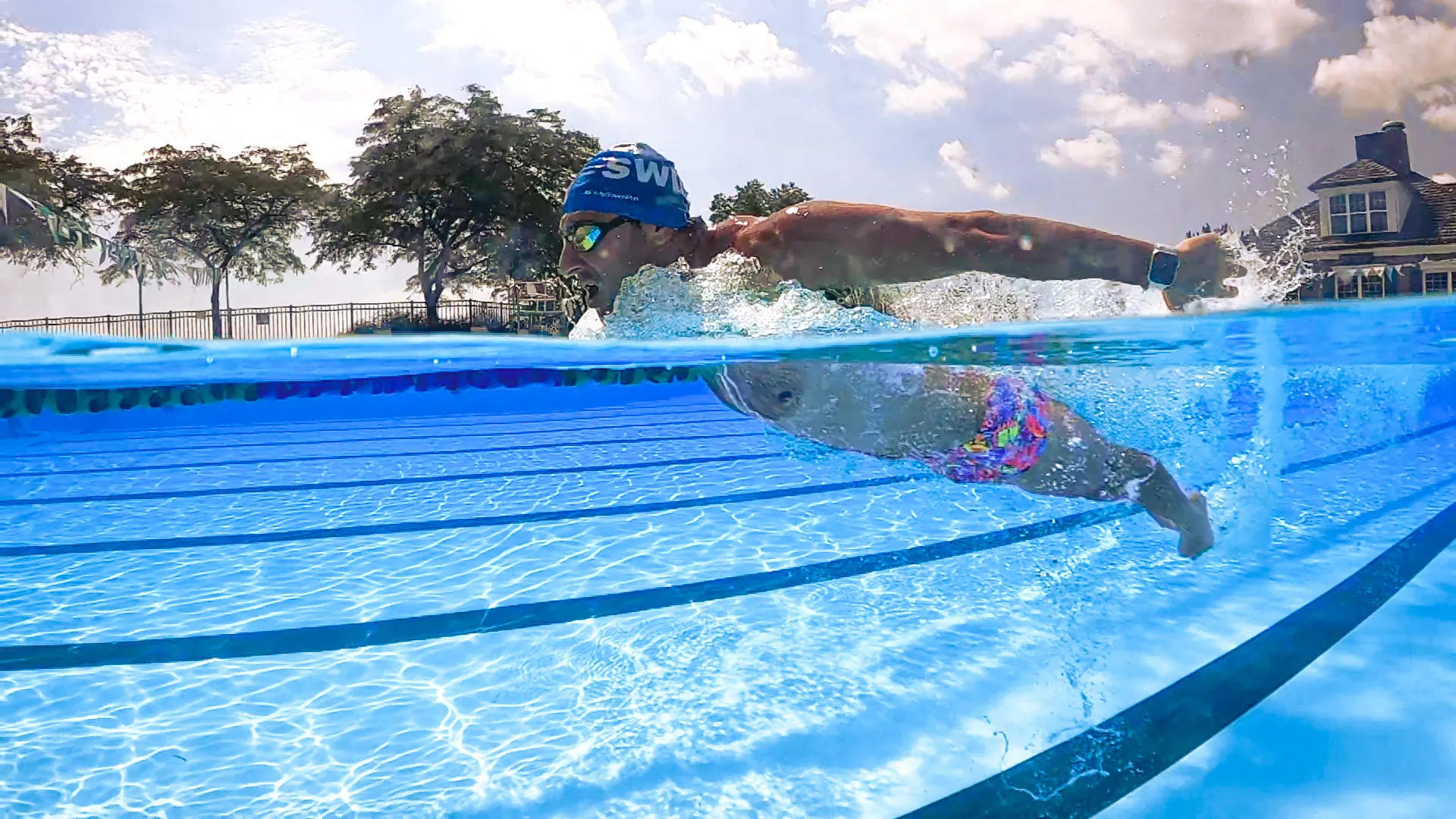
Power Of Time Butterfly Swimming
Proper body positioning is essential for an effective butterfly stroke. As you swim, your body should undulate in a wave-like motion, rising and falling with each stroke. Your hips should lead the movement, followed by your chest and shoulders. Maintaining a streamlined body position minimizes drag, enabling you to move swiftly through the water.
Breathing technique plays a vital role in the butterfly stroke. Timing is crucial – take a breath as your arms exit the water during the recovery phase, and quickly submerge your face to continue the stroke. Practice rhythmic breathing to ensure a smooth and uninterrupted swimming motion.
Breathing in Butterfly Stroke: Common Mistakes and Solution
An In-Depth Look at Breaststroke Technique
Breaststroke swimming technique
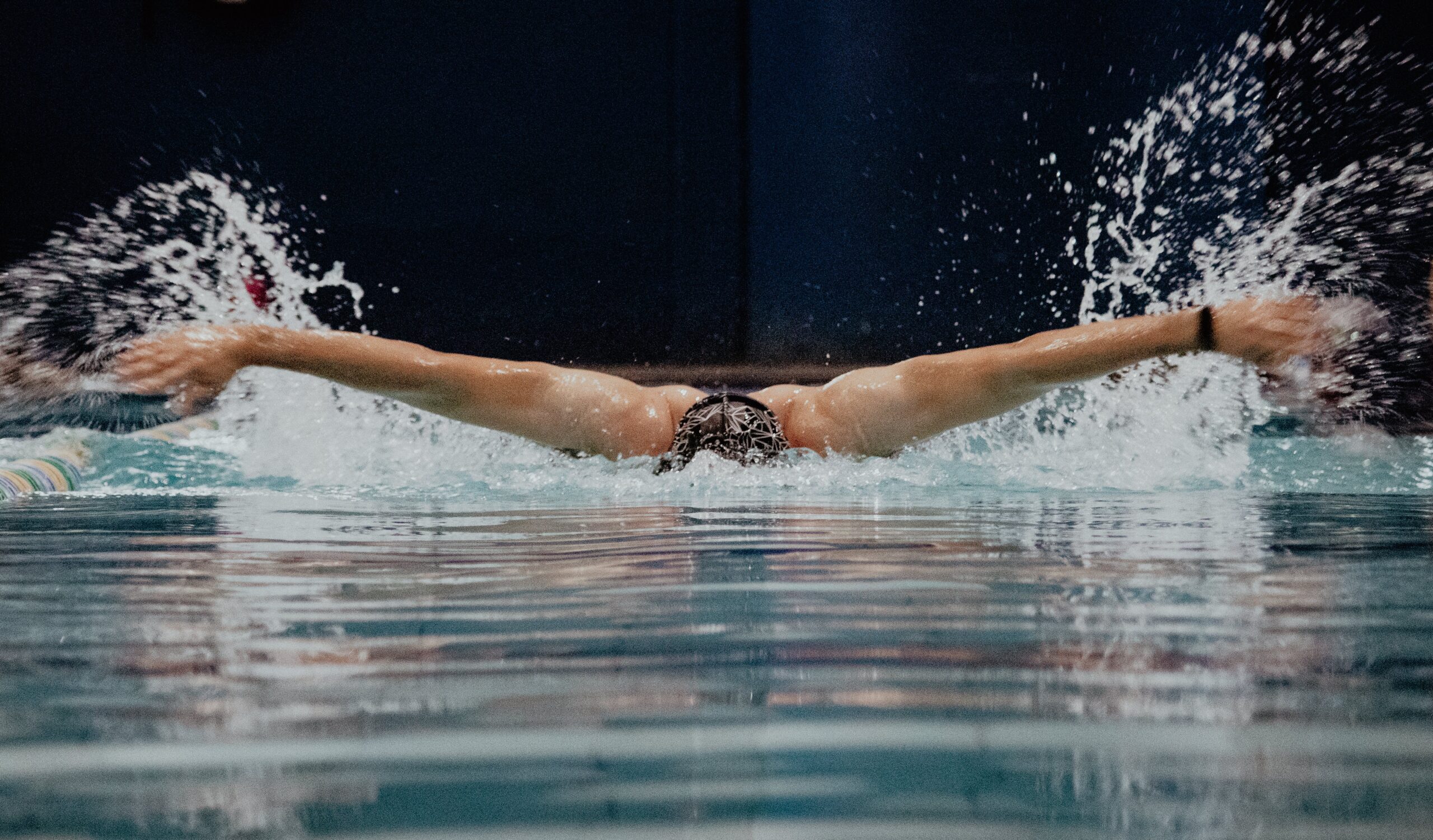
Mastering the Art of Butterfly Breaststroke Swimming
Step 1: Place both arms parallel and stretched out in front, hands facing down and pressed together so that the thumbs touch each other.
Step 2: Imagine your hand will fan the water to form a circle with a diameter from your chin to your fingertips.
Step 3: After your hands meet at your chin, return your hands to the starting position.
Step 4: Repeat the movement until you get used to it
Breaststroke swimming technique
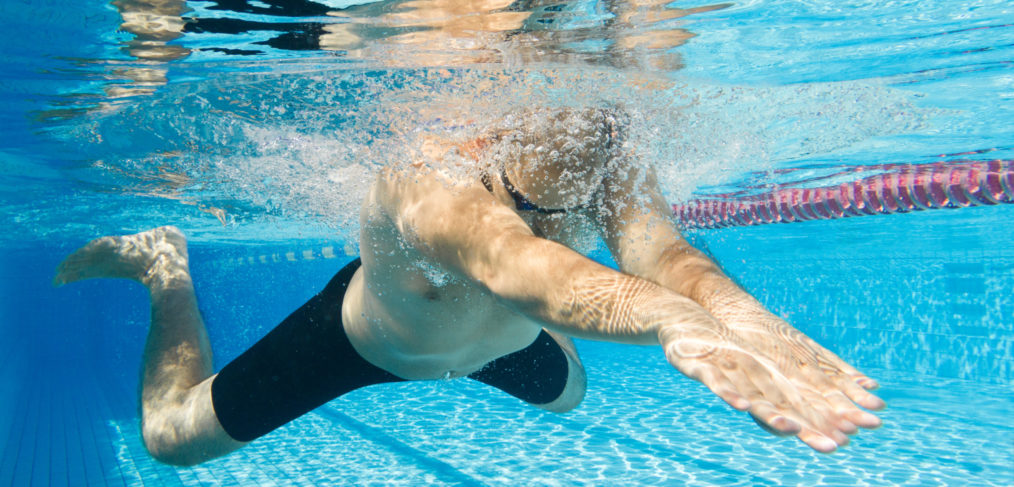
Leg Techniques for Breaststroke Swimming
Step 1: Spread your legs wide and relax, feet facing away from each other.
Step 2: Use your ankles to draw a circle by drawing your heels up close to your buttocks.
Step 3: Pedal your feet in a circle and return to the starting position.
Step 4: Repeat the movement until you get used to it.
A Comparison Between Butterfly Stroke and Breastroke Stroke Cycles:
In Butterfly Stroke, the swimming cycle includes the following phases
Water loading phase: At this phase, the swimmer lifts his arms out of the water and brings them forward in a U-shaped curve. At the same time, the legs are bent closer to the buttocks.
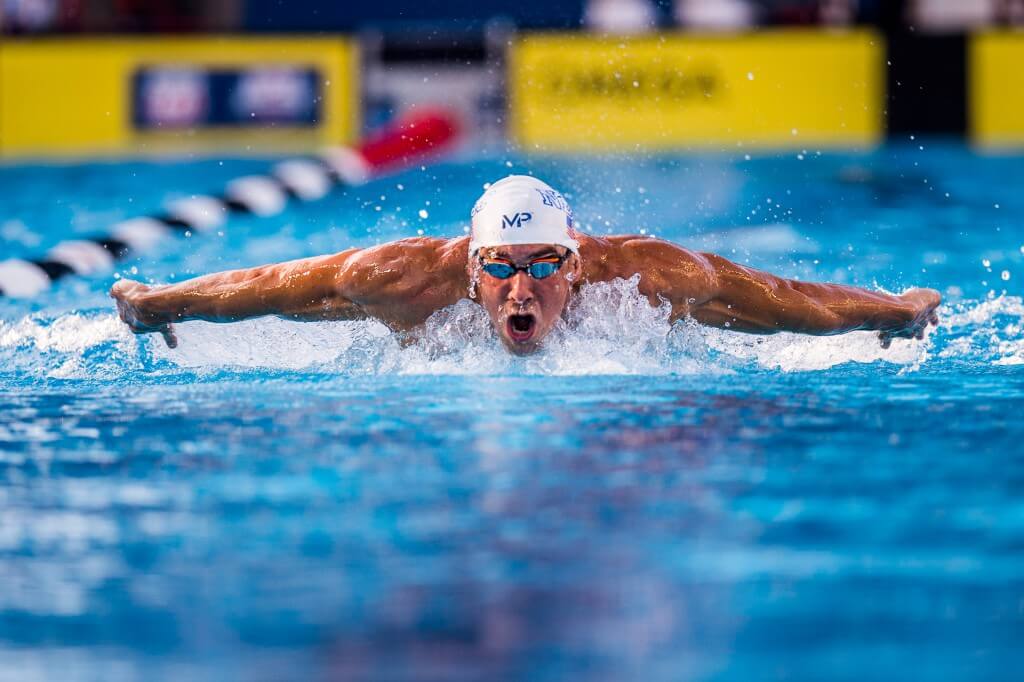
Mastering the art of butterfly starts with perfecting your body position
Propulsion phase: When the arms move down, the swimmer pushes the water back by bringing the arms parallel to the water surface. At the same time, the legs are opened and push the water with a back flapping motion.
In Breastroke Stroke Cycles, the swimming cycle also has the following phases
Water intake phase: At this phase, the swimmer pulls his arms from the front of his body back, creating an inverted Y shape. At the same time, the leg is brought inward and stuffed with water.
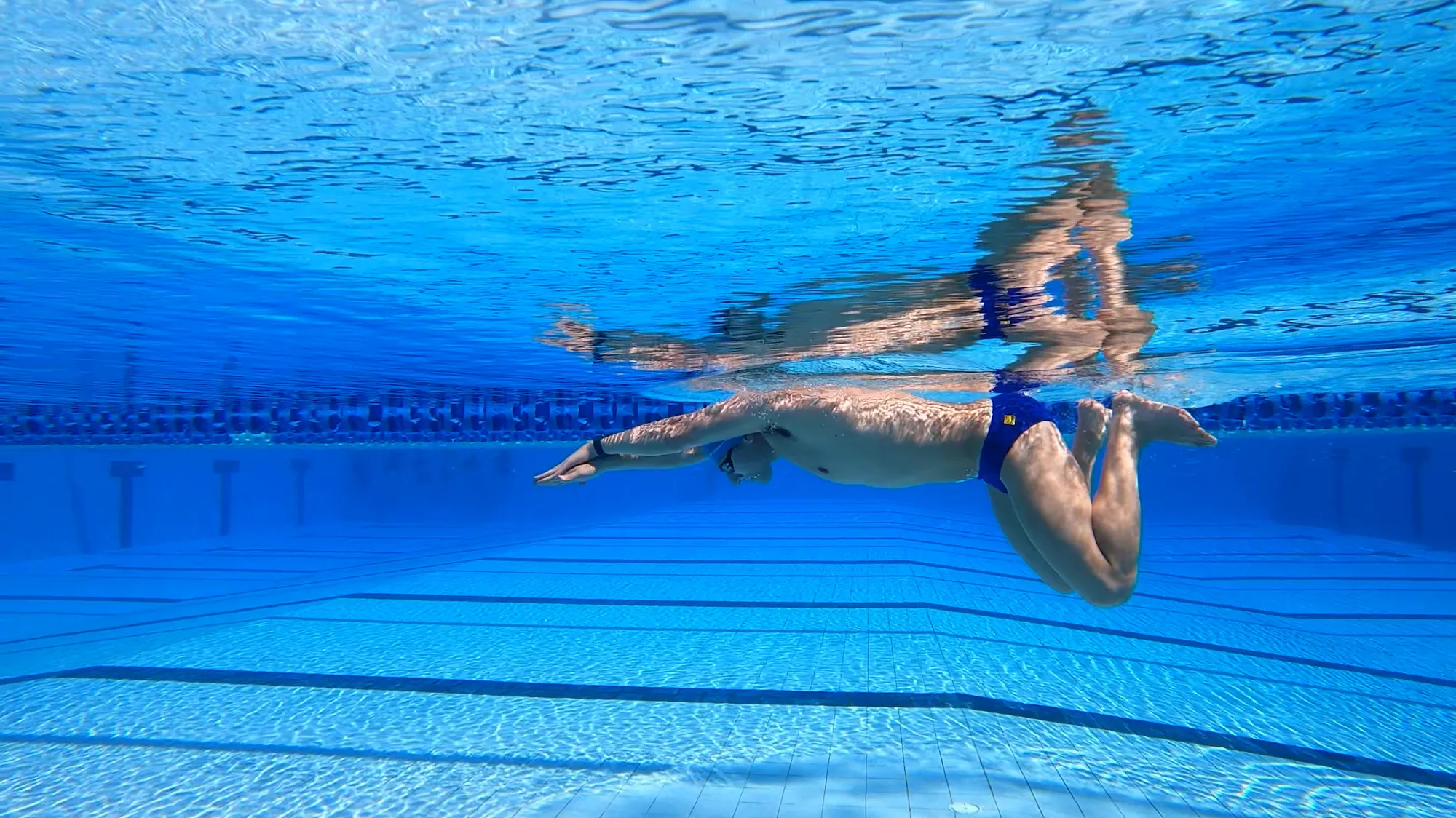
Mastering the art of breaststroke starts with perfecting your body position
Pushing phase: When the arms move forward, the swimmer pushes the water back by opening the legs into a V shape and pushing the legs with a back flapping motion.
Which Stroke is Right for You?
The butterfly stroke and breaststroke have distinct characteristics. The butterfly stroke is suitable for swimmers who want to achieve high speed and power, while the Breaststroke is a good choice for swimmers who want to maintain steady performance over long distances. This comparison helps you better understand these two swimming styles and be able to choose the style that suits your unique goals and conditions.
Conclusion: Understanding the Stroke Cycle of Butterfly Stroke and Breaststroke
In short, both butterfly swimming and breaststroke swimming styles have their own strengths. Practitioners must practice to know which style is most suitable for themselves. So go to the gym right away to practice! Good luck!
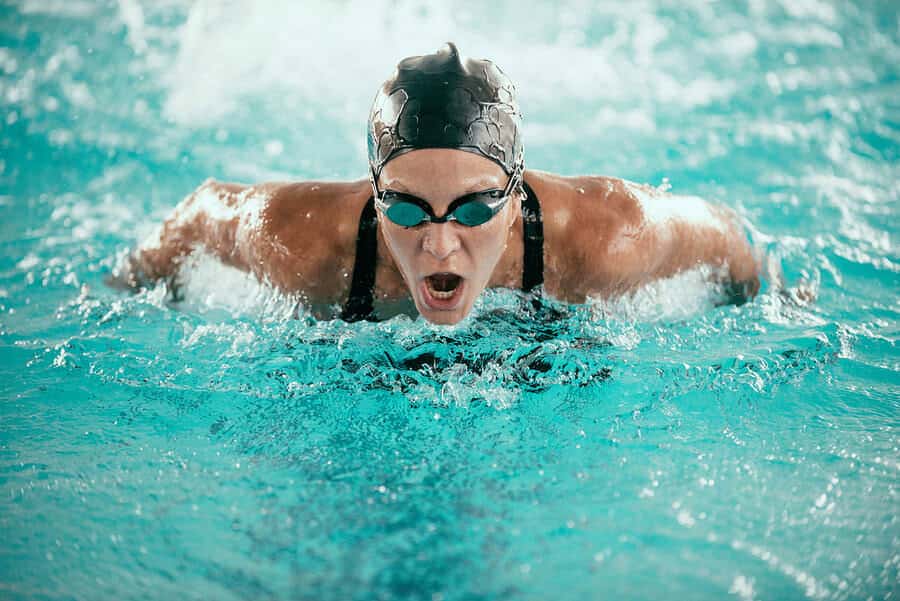
AUTHOR
Sang Nguyen
Sang Nguyen is a former national swimmer for Vietnam who has transitioned into coaching. With a passion for fostering a healthy swimming community and connecting like-minded individuals,......Read More
BLOG
Maybe You Are Interested
Butterfly Arm Stroke Movement
The butterfly stroke, with its captivating undulations and powerful movements, requires a refined butterfly arm...
2 Butterfly Kick Swimming Drills: Building Power from the Core
The butterfly stroke, known for its powerful undulations and graceful movements, relies heavily on a...
5 Ways to Improve Your Butterfly Swim Technique
The butterfly stroke, also known as the fly swimming technique, is a captivating display of...
8 Butterfly Stroke Tips to Help You Improve Your Skill
The butterfly stroke, also known as the butterfly swim, is undeniably one of the most...
Discover Information About Butterfly Stroke: From History to Technique and Benefits
The butterfly stroke, also known as butterfly swim or fly swim stroke, is one of...
Competitive Swimmer Diet in Olympics: Fueling Your Gold Medal Dreams
Competitive swimmers push their bodies to the limit, demanding a competitive swimmer diet that provides...